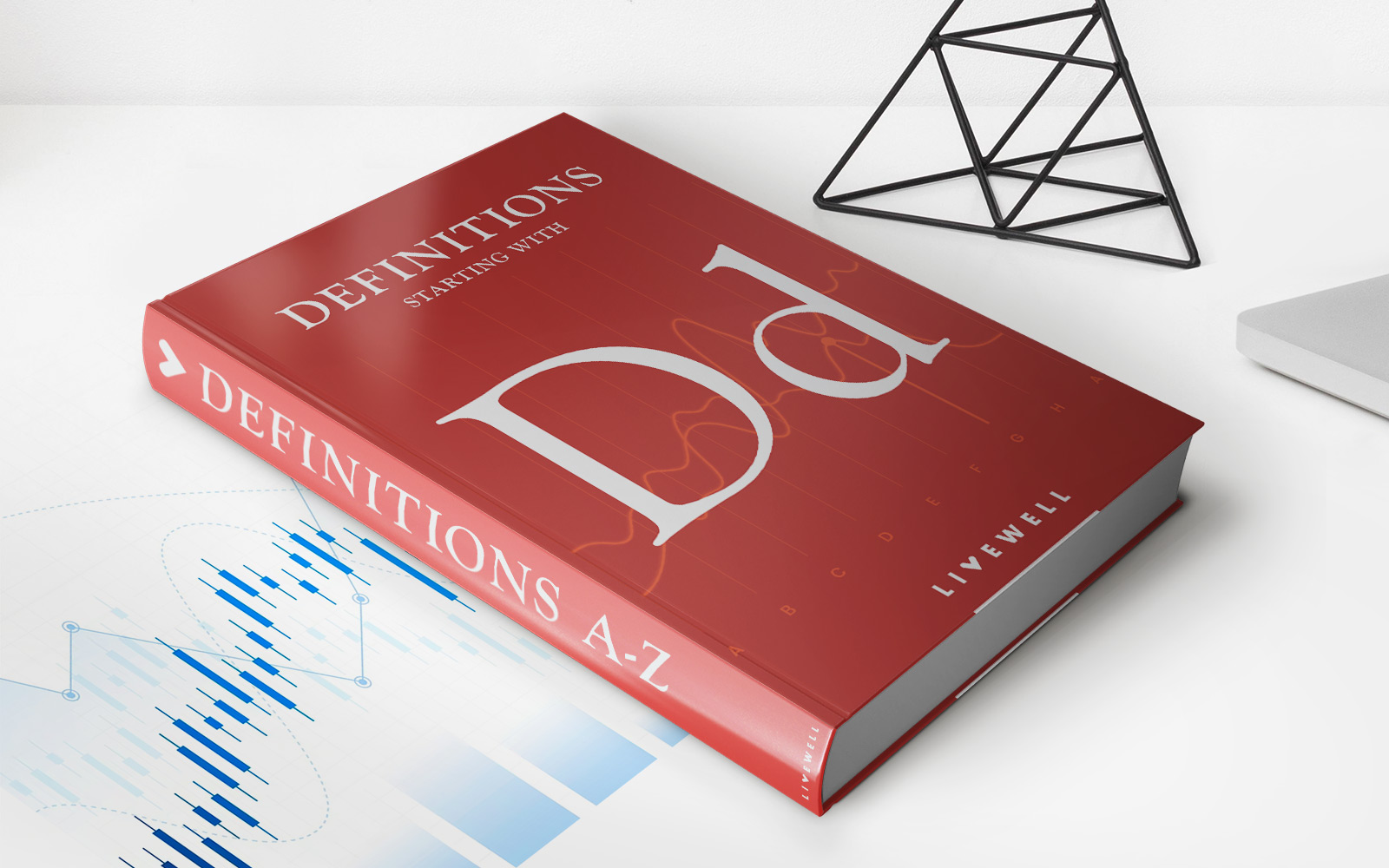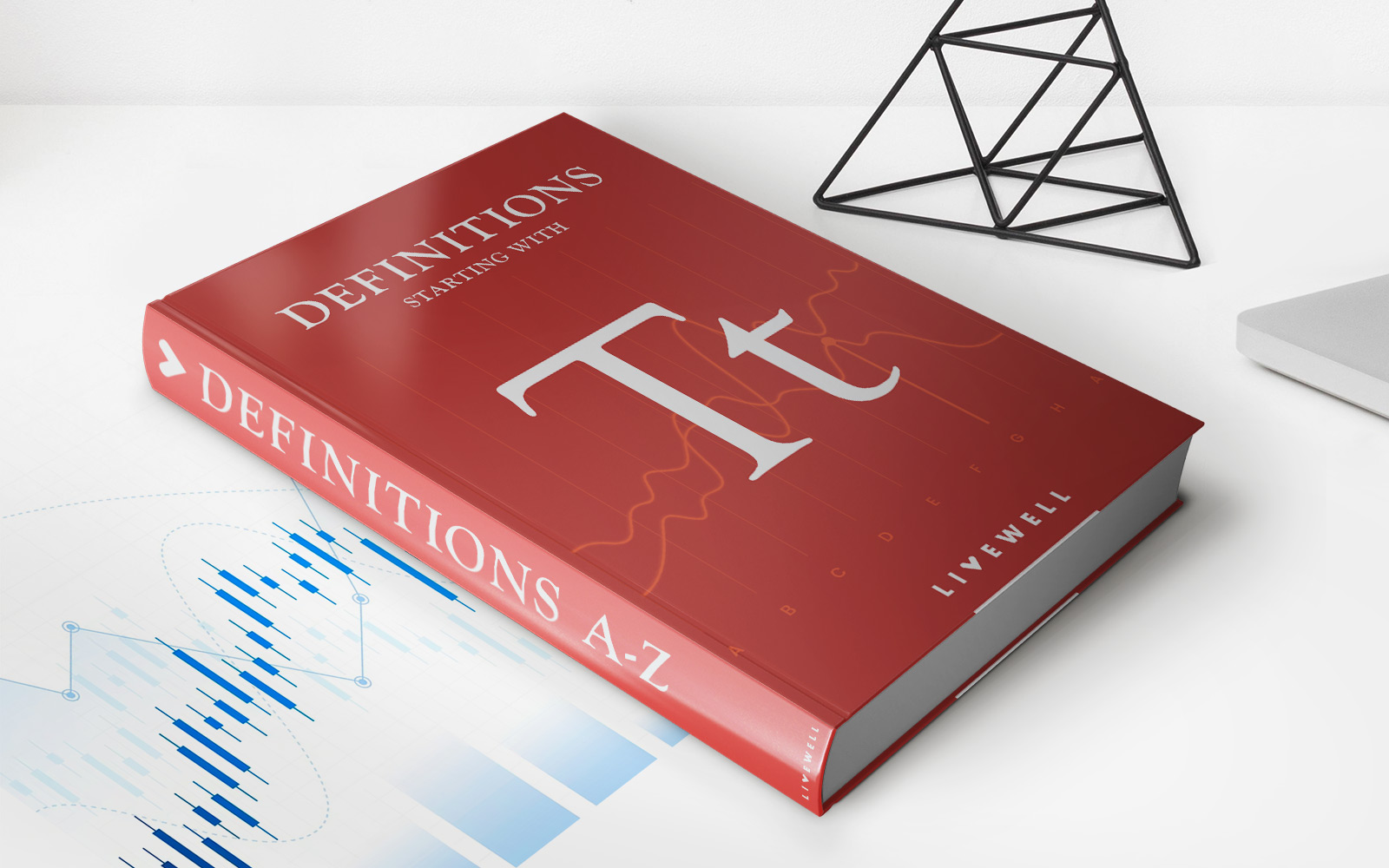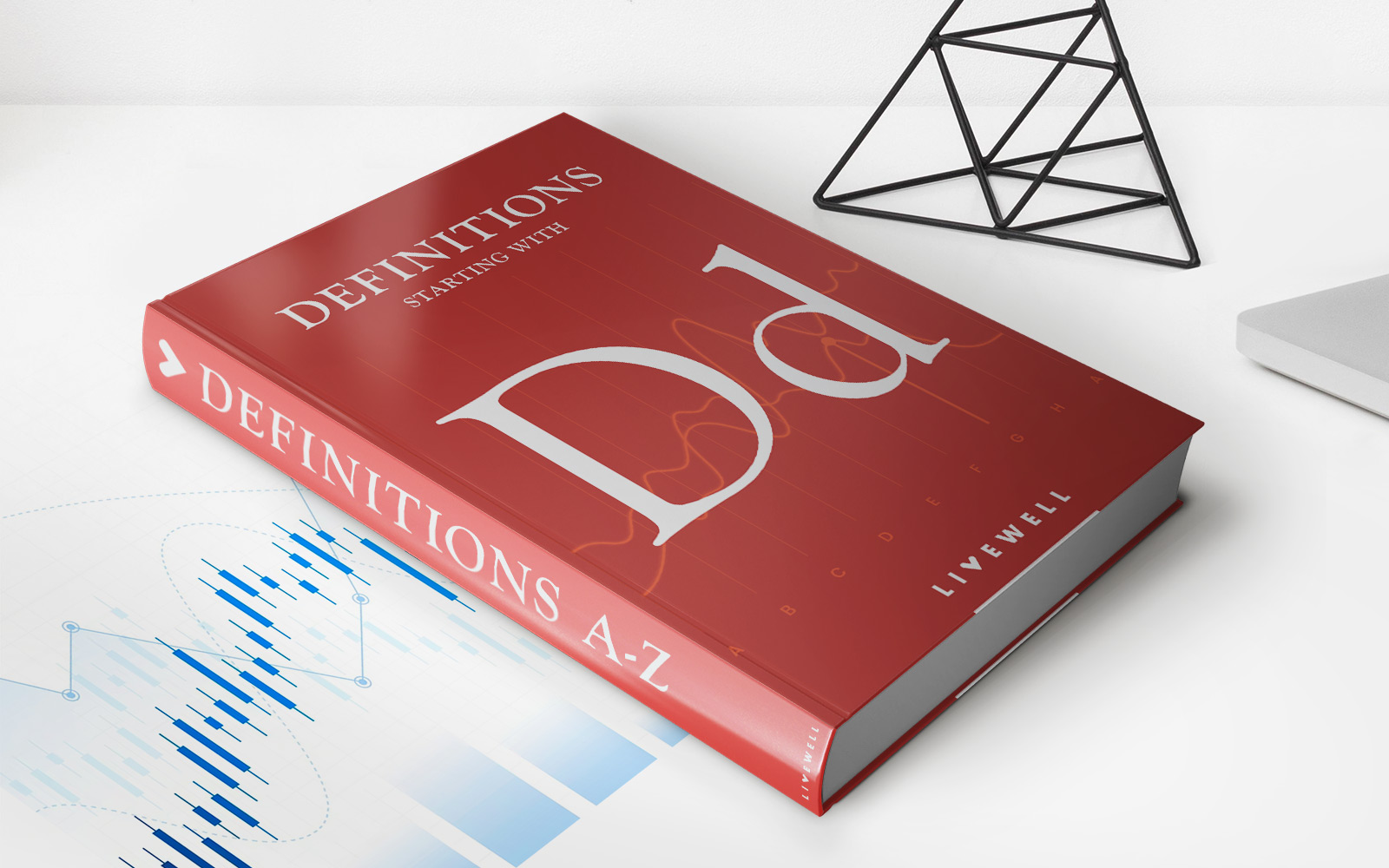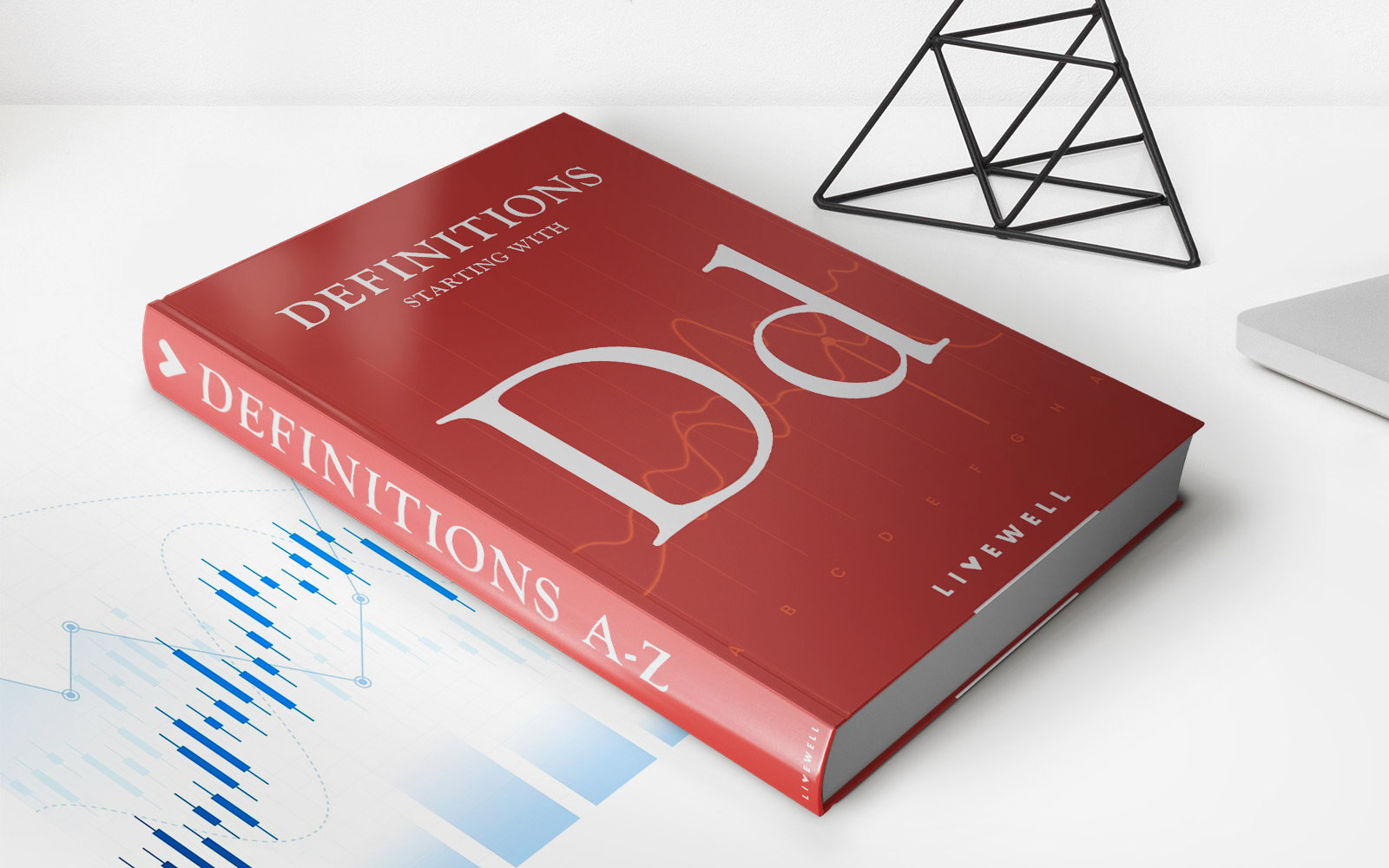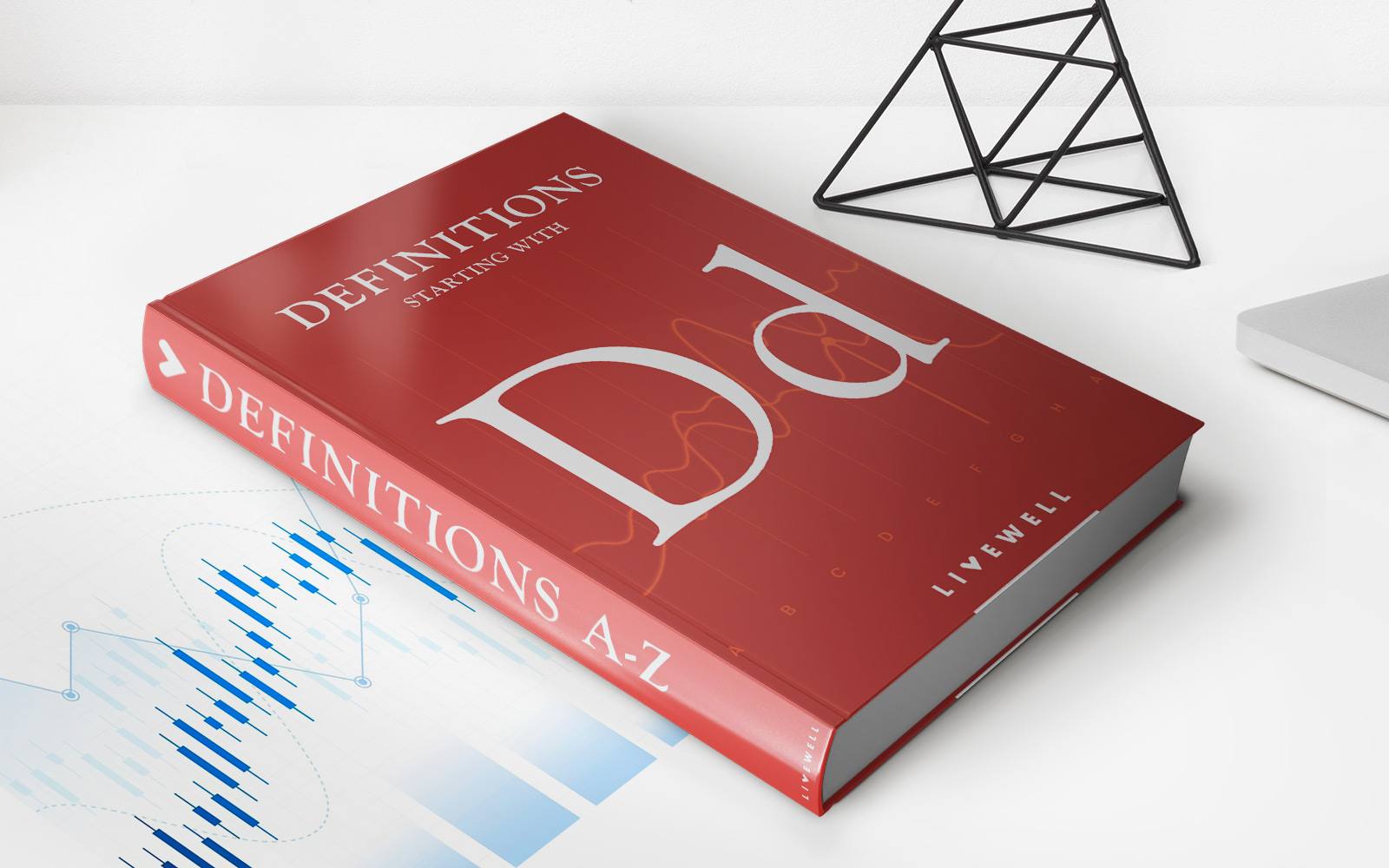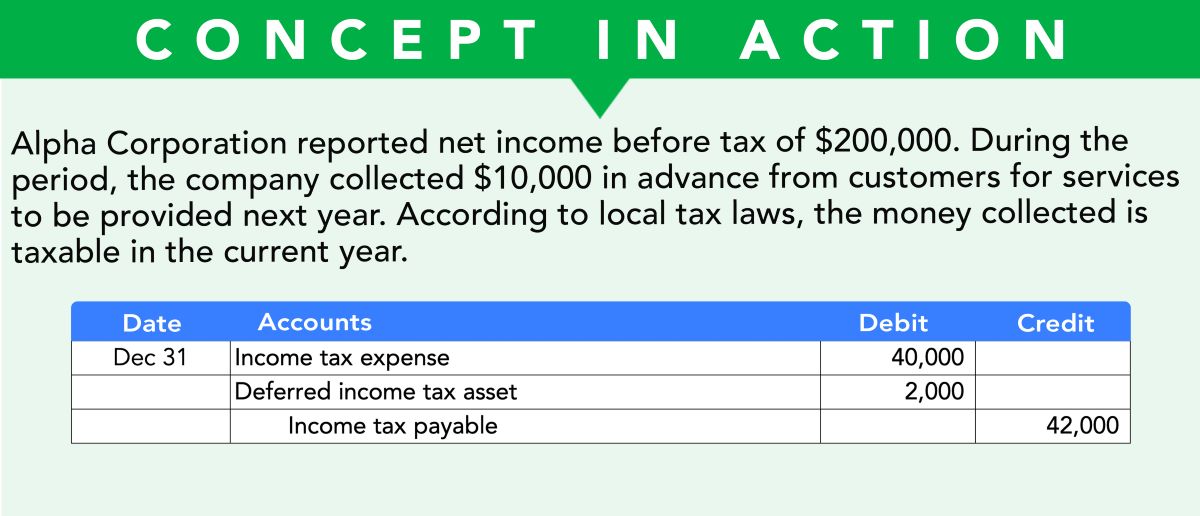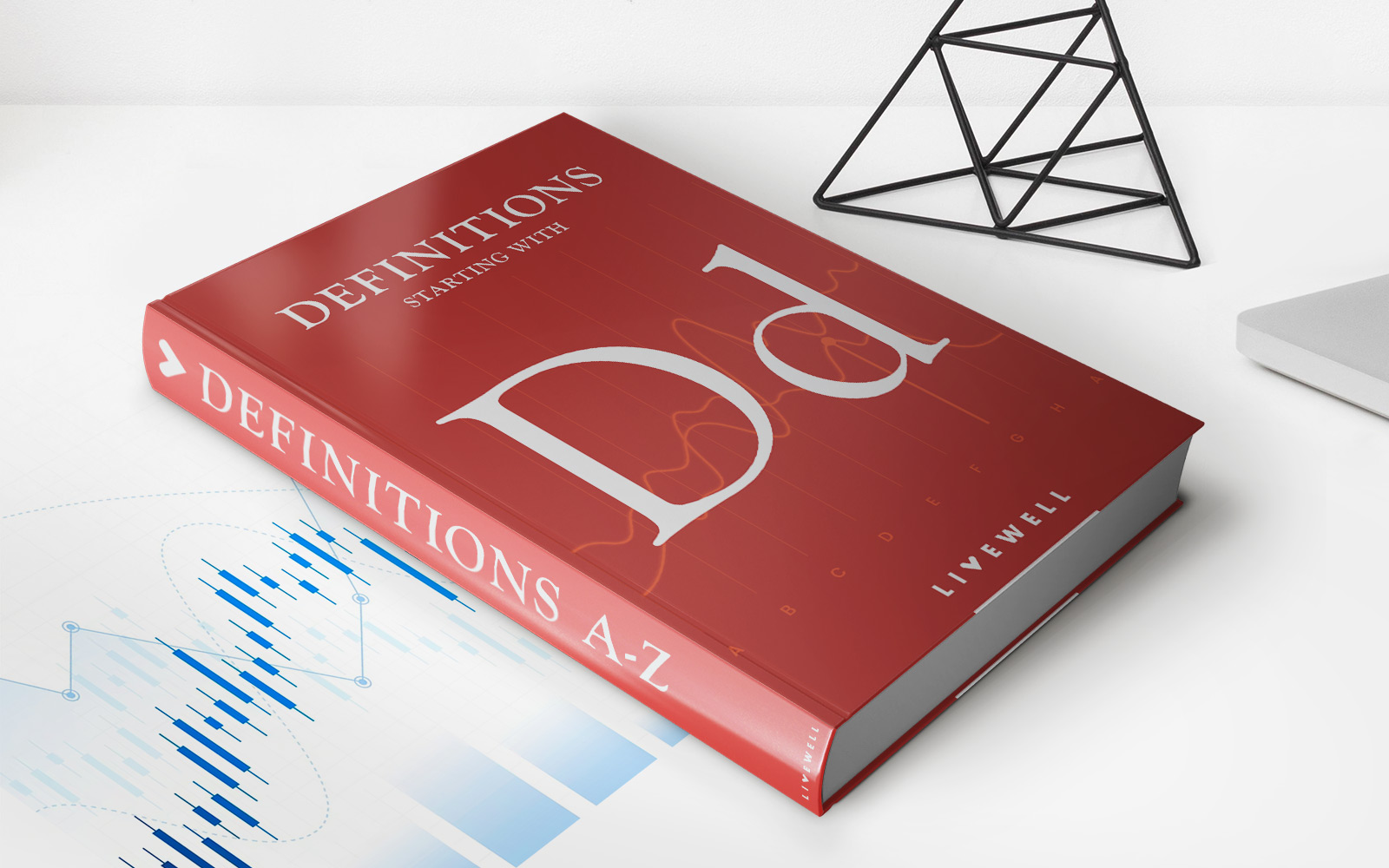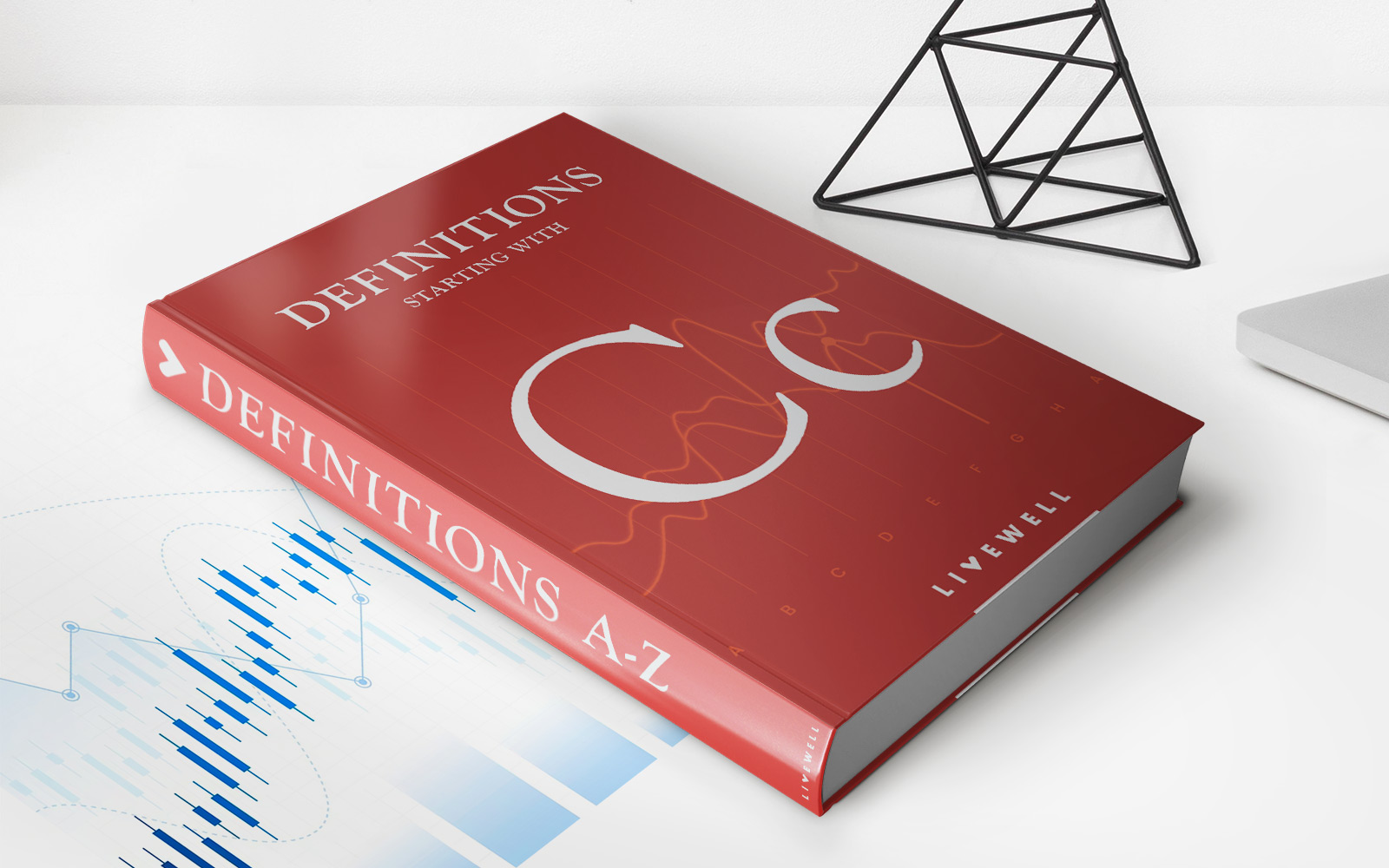Home>Finance>What Are Deferred Acquisition Costs (DAC)? Definition
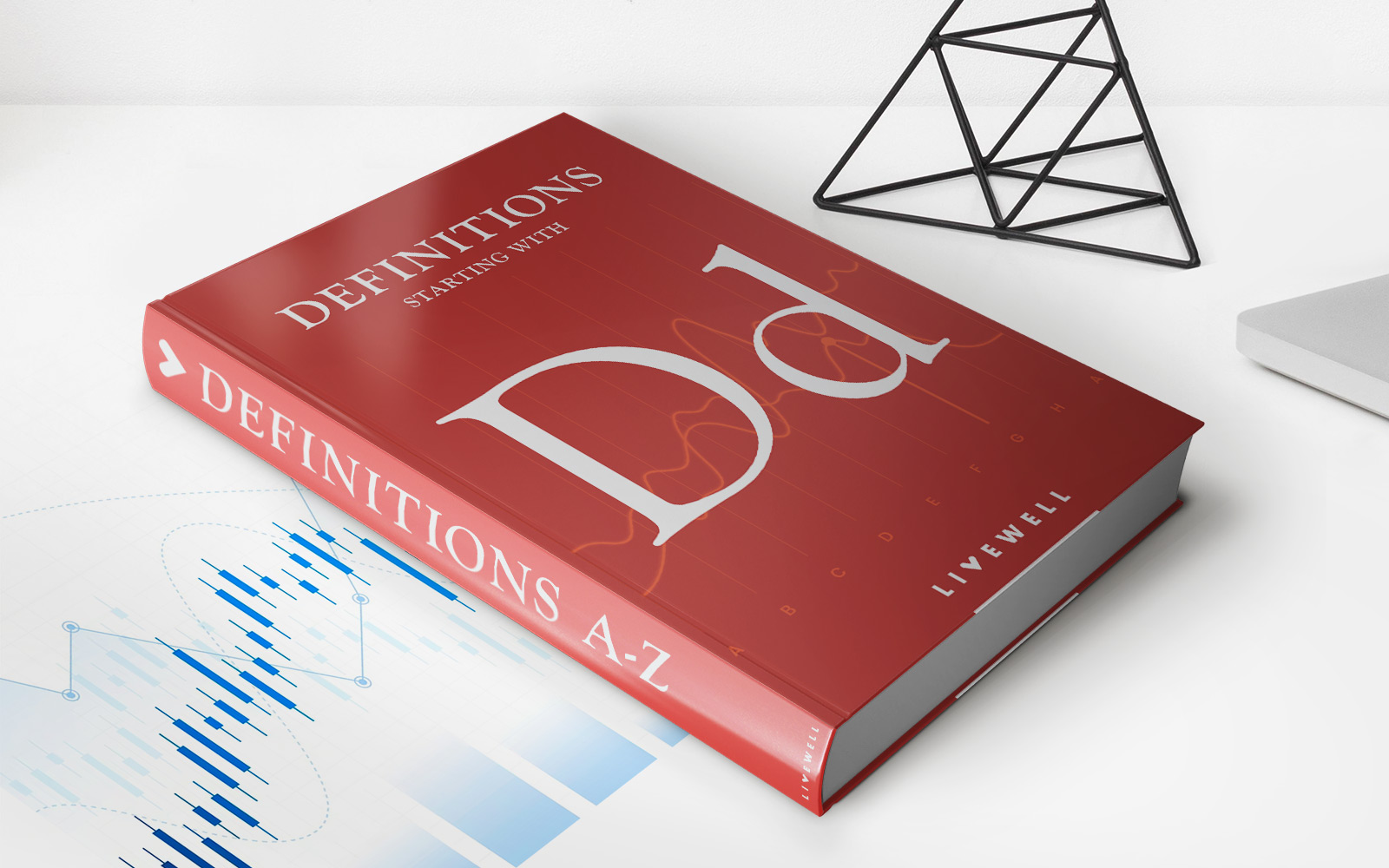

Finance
What Are Deferred Acquisition Costs (DAC)? Definition
Published: November 9, 2023
Learn all about deferred acquisition costs (DAC) in finance. Understand the definition, significance, and implications of DAC in the industry.
(Many of the links in this article redirect to a specific reviewed product. Your purchase of these products through affiliate links helps to generate commission for LiveWell, at no extra cost. Learn more)
What Are Deferred Acquisition Costs (DAC)? Definition
When it comes to managing finances, there are various concepts and terms that individuals and businesses need to be familiar with. One such concept is Deferred Acquisition Costs (DAC). In this blog post, we will delve into the details of DAC, its definition, and why it is important in the world of finance.
Key Takeaways:
- DAC refers to the costs incurred during the acquisition of new customers or policies in the insurance industry.
- These costs are capitalized and then amortized over time, matching the revenue generated by the acquired customer/policy.
Deferred Acquisition Costs, often abbreviated as DAC, is a term commonly used in the insurance industry. It specifically represents the costs incurred during the acquisition of new customers or policies. These costs can include marketing expenses, sales commissions, underwriting costs, and other direct costs associated with acquiring new business.
Why are DACs important in the finance world? Let’s find out. Insurance companies need to account for the expenses they incur in gaining new customers or policies. However, recognizing these costs as an immediate expense would not accurately reflect the revenue generated by the acquired customer/policy over time. Instead, DACs are capitalized and then amortized over the expected duration of the insurance contract. This ensures that the expenses are spread out and matched to the revenue generated by the acquired customer/policy.
Here are two key takeaways to remember about Deferred Acquisition Costs (DAC):
- DACs represent the costs associated with obtaining new customers or policies in the insurance industry: These costs are incurred during the acquisition process and include marketing expenses, sales commissions, underwriting costs, and more.
- DACs are capitalized and amortized over time: Instead of recognizing the expenses immediately, insurance companies capitalize DACs and then spread them out over the expected duration of the insurance contract. This helps in aligning expenses with revenue.
DAC is an important concept in the finance industry, especially in the insurance sector. It allows insurance companies to accurately account for the costs incurred in acquiring new business, ensuring a more accurate representation of revenue and expenses. Understanding DAC is crucial for individuals and businesses looking to navigate the world of insurance and finance successfully.




